The field of light therapy is growing quickly as more and more people realize the power and benefits of treating their skin without the use of harsh chemicals, antibiotics, or creams that usually contain known carcinogens. The most attractive feature of light therapy for acne or other skin conditions is that it does not cause systemic responses in the body. This means you can use your light therapy device long term without the risk of side effects or adverse effects to your immune system.

Here are the main factors to consider when making a Blue Light Therapy purchasing decision for your acne:
1. Is the light the "right" kind of blue? This means, does the light produced by the device fall into the 405nm-420nm range that has been proven effective at killing acne by the American Journal of Clinical Dermatology. Most companies will either not give the wavelength range or tell you that it does meet this criteria without offering any proof. We provide the wavelength spectrometer reading as a graph on our website, and the test was conducted by an independent 3rd party.

2. Does the device produce high intensity light? Even if the device you purchase has the correct wavelength output, it may be ineffective on your acne if the light output is not strong enough. High intensity light is something you can feel, mainly described as a heating and tingling sensation by our customers.
3. Can you comfortably use your device for 20+ minutes at least 3 times per week? This factor is crucial but often overlooked by companies in this industry. The perfect example of this is the hand-held light therapy device. The average teenager or adult simply will not hold a device to their face or body for 20 minutes on a regular basis. This is the minimum amount of time needed to get a proper treatment, and most users will get discouraged and stop using their hand-held device after a few sessions.

Additional Factors to Consider When Choosing a Blue Light Therapy Device
When it comes to deciding on a blue light therapy device, several lesser-known factors should also play a role in your purchasing decision. While the wavelength and intensity are critical, there are other elements that can significantly impact the effectiveness of the treatment and the overall experience. Understanding these aspects can help ensure that the investment you make leads to healthier skin and improved results.
Sensitivity to Light and Potential Risks
One of the main concerns with blue light therapy is the potential for increased skin sensitivity to light. Some users may experience heightened sensitivity, especially if they have fair skin or are prone to sunburn. This sensitivity can lead to skin irritation or even mild burns if the exposure is too frequent or prolonged. For those with precancerous or actinic keratoses conditions, it’s crucial to consult a dermatologist before starting blue light therapy. The wavelengths of blue light can sometimes trigger adverse reactions in these conditions, which can worsen the skin's overall health rather than improve it.
Moreover, individuals with a history of skin cancer should be cautious. While blue light therapy is often touted as a method to prevent skin cancer, the long-term effects of light exposure are still being studied. There’s always a slight risk that exposure to blue light may have unintended consequences, particularly for those with a predisposition to cancerous skin conditions.
Side Effects and Unexpected Outcomes
Though blue light therapy is generally safe, some people may experience side effects that aren't always discussed upfront. Blue light can lead to skin dryness and flakiness in some individuals, especially if used more frequently than recommended. For mild to moderate acne, this might cause discomfort, as damaged skin may take longer to heal between sessions. Users need to balance the treatment frequency to avoid exacerbating these issues.
Another concern is the long-term side effects of using blue light. While studies have shown its efficacy in treating acne and other skin conditions, there's still limited data on what happens with prolonged use over years or decades. Some have suggested that exposure to blue light might increase the risk of skin damage, similar to UV light, though on a smaller scale. It’s important to weigh these risks against the potential benefits of acne phototherapy.
The Role of Photodynamic Therapy
For individuals with more severe skin issues, blue light therapy can be combined with photodynamic therapy. This involves applying a light-sensitive solution to the skin, which is then activated by the light source. Photodynamic therapy is particularly useful in treating actinic keratoses and precancerous skin lesions, but it also carries certain risks. For instance, after treatment, the skin will be very sensitive to light for several days, which may require limiting sun exposure to avoid complications like sunburn or irritation.
Effectiveness for Different Skin Types
Not all skin types respond the same way to light therapy. Individuals with darker skin may find that blue light therapy is less effective in reducing acne or improving skin texture, as the light doesn’t penetrate as deeply into darker skin tones. Conversely, people with very sensitive skin may find that even short periods of exposure can cause skin irritation. It’s important to understand how your skin type might react to various wavelengths of light to tailor the treatment accordingly.
Consider Maintenance and Costs
Finally, a factor that's often overlooked is the maintenance of the blue light therapy devices. While many models boast of long-lasting light sources, bulbs or LEDs can wear out over time, especially with regular use. Replacing these components can be costly, and if a device requires frequent replacements, the long-term investment may exceed the initial cost. It's wise to investigate the expected lifespan of the light source and any hidden costs associated with maintaining the device.
Conclusion
In summary, while blue light therapy can be an effective solution for treating mild to moderate acne and improving skin health, it's essential to consider more than just the wavelength and intensity. Factors like skin sensitivity, side effects, and the device’s longevity play significant roles in determining whether this type of therapy is right for you. By evaluating these elements carefully, you can ensure a safer and more effective experience with light therapy.
That is the reason we designed the BlueMD acne lamp as a tabletop device, that can be used while sitting up, laying in bed, or relaxing on the couch. Most of our customers take a nap or just daydream for 20-30 minutes while getting their treatment. There is minimal work involved, making it easier to incorporate into your weekly routine.

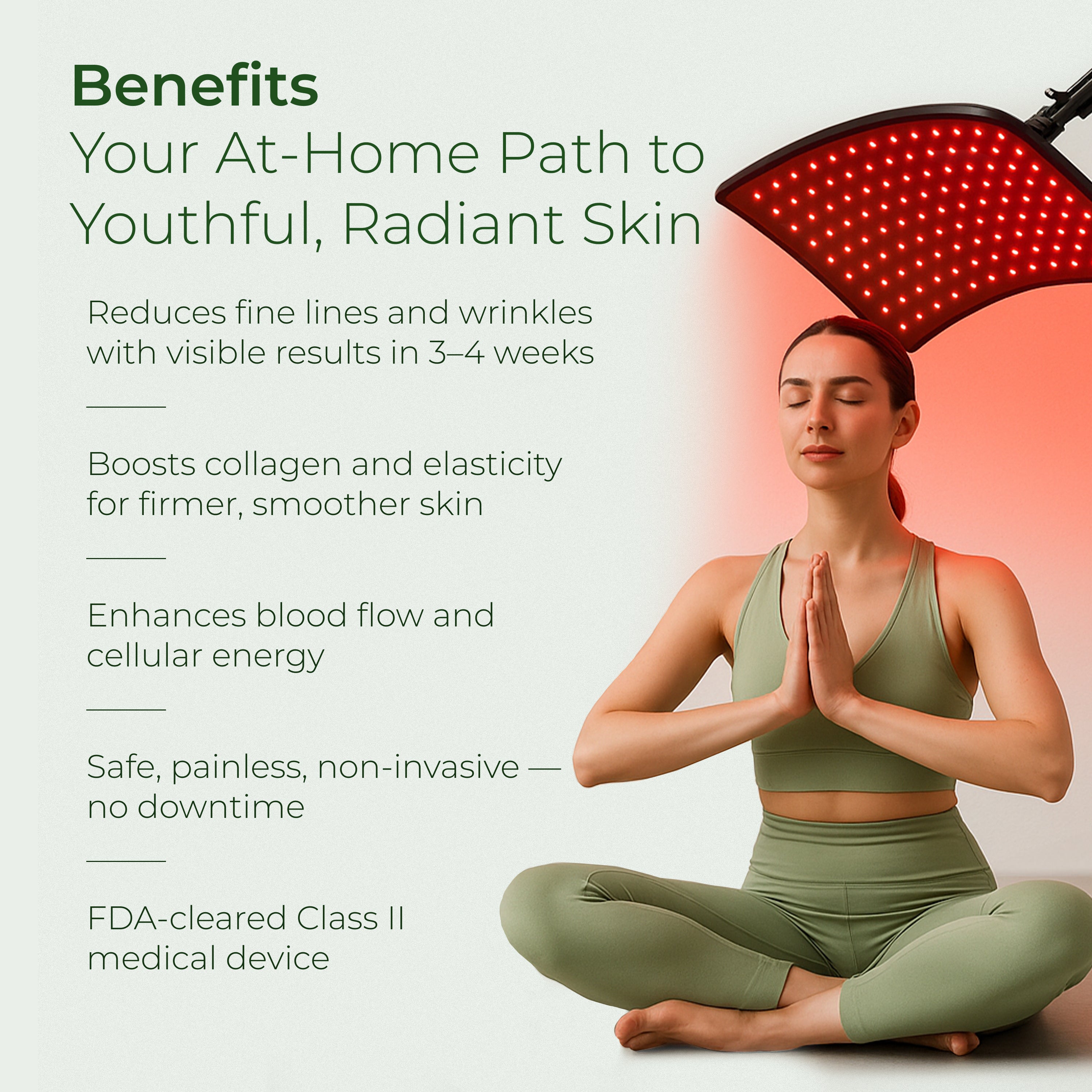
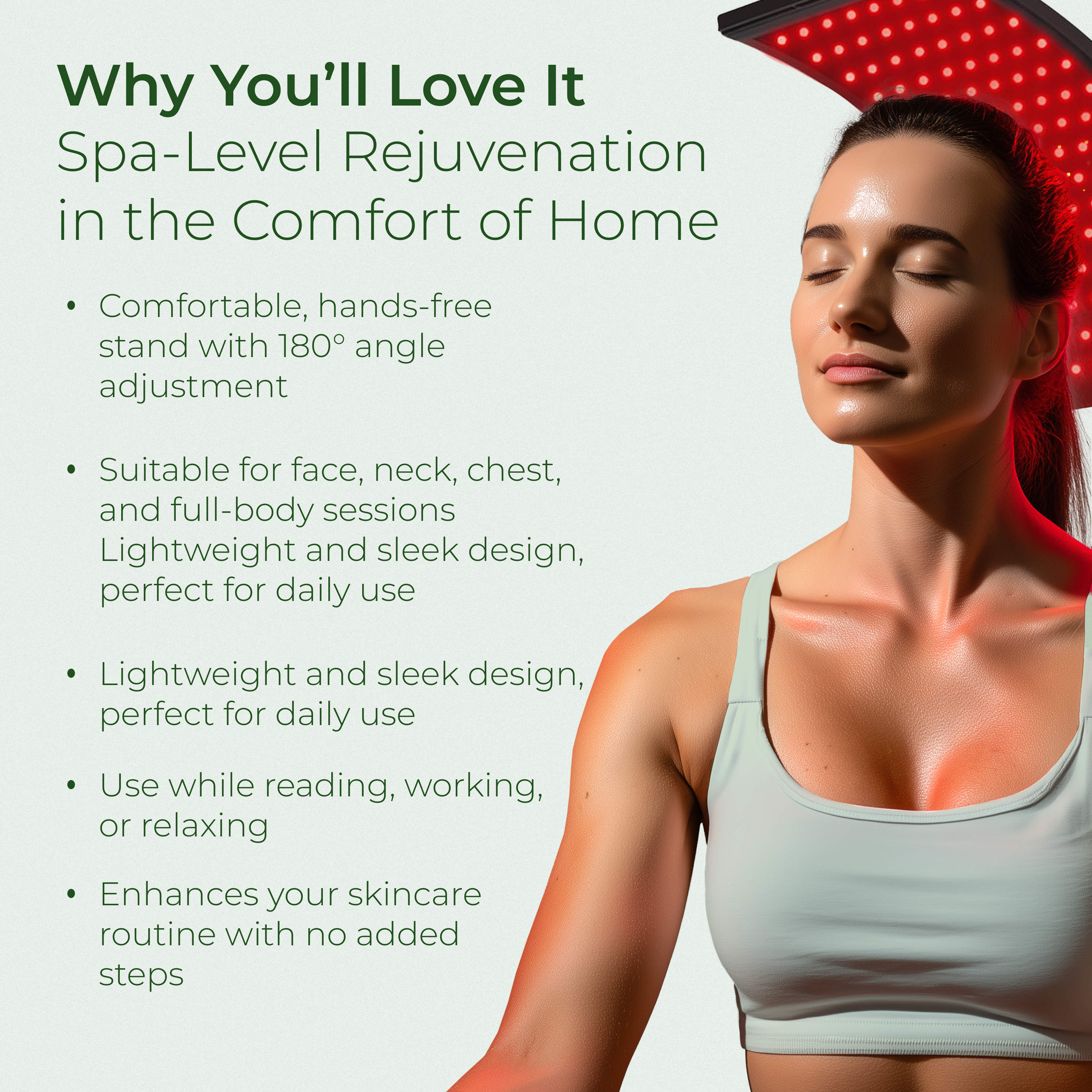
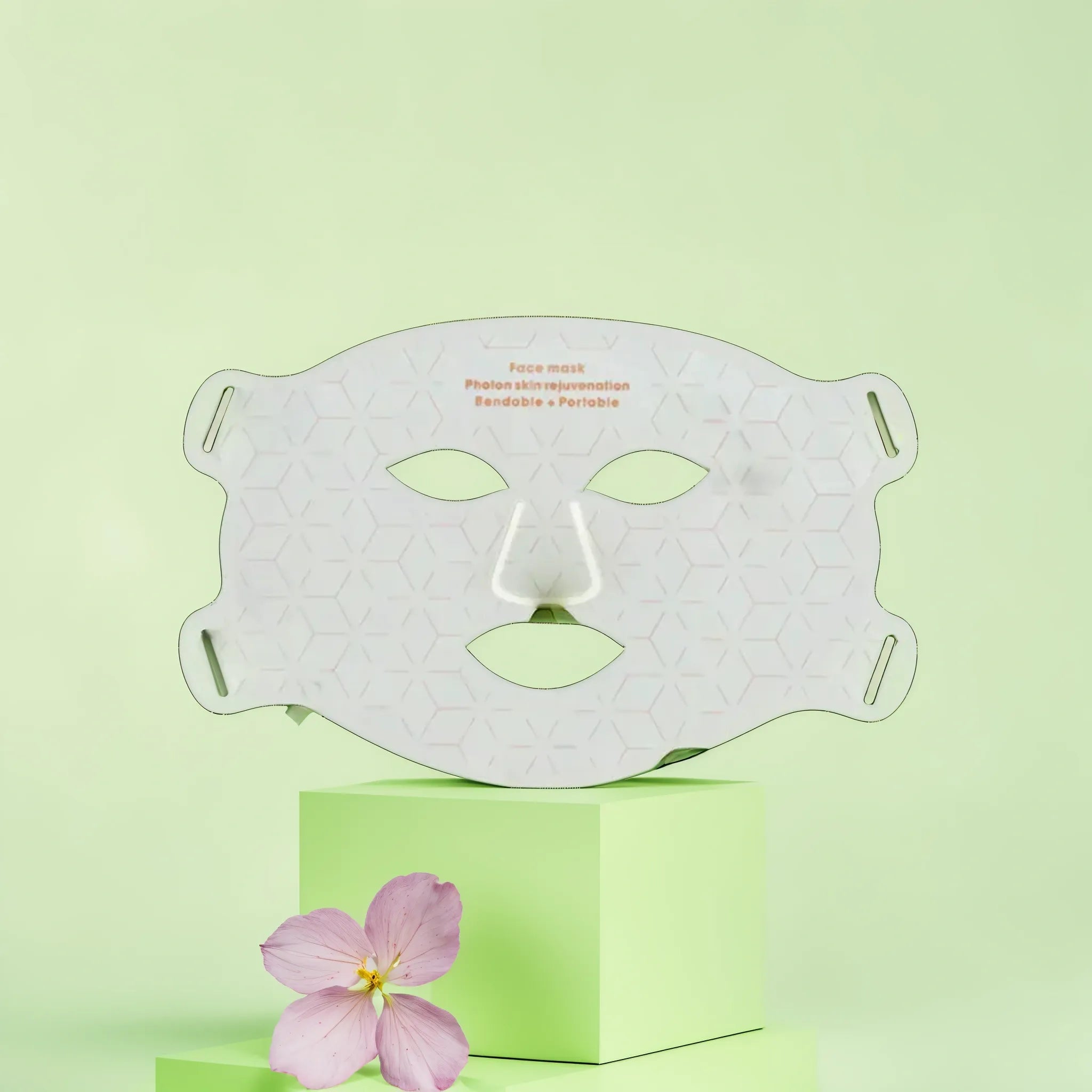
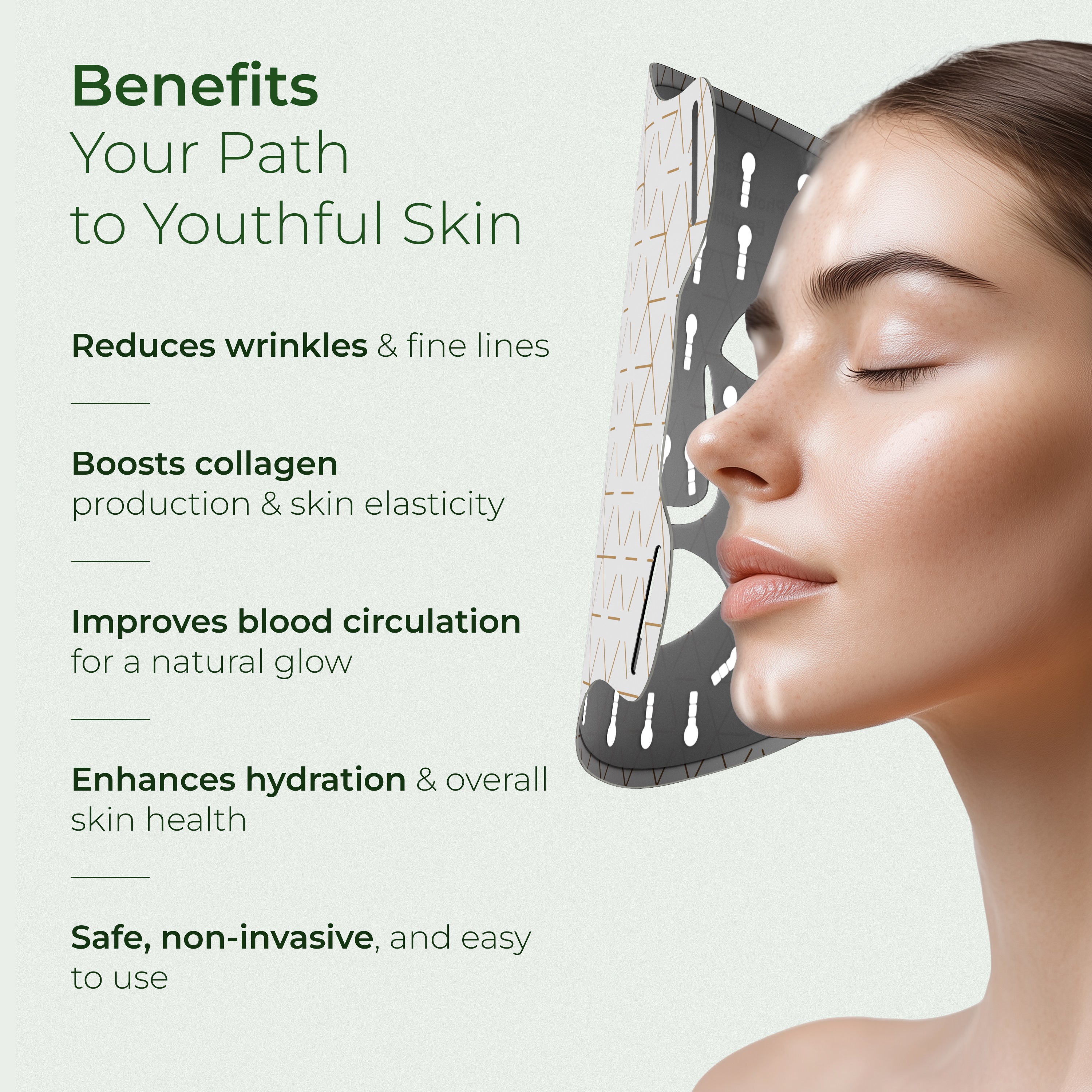


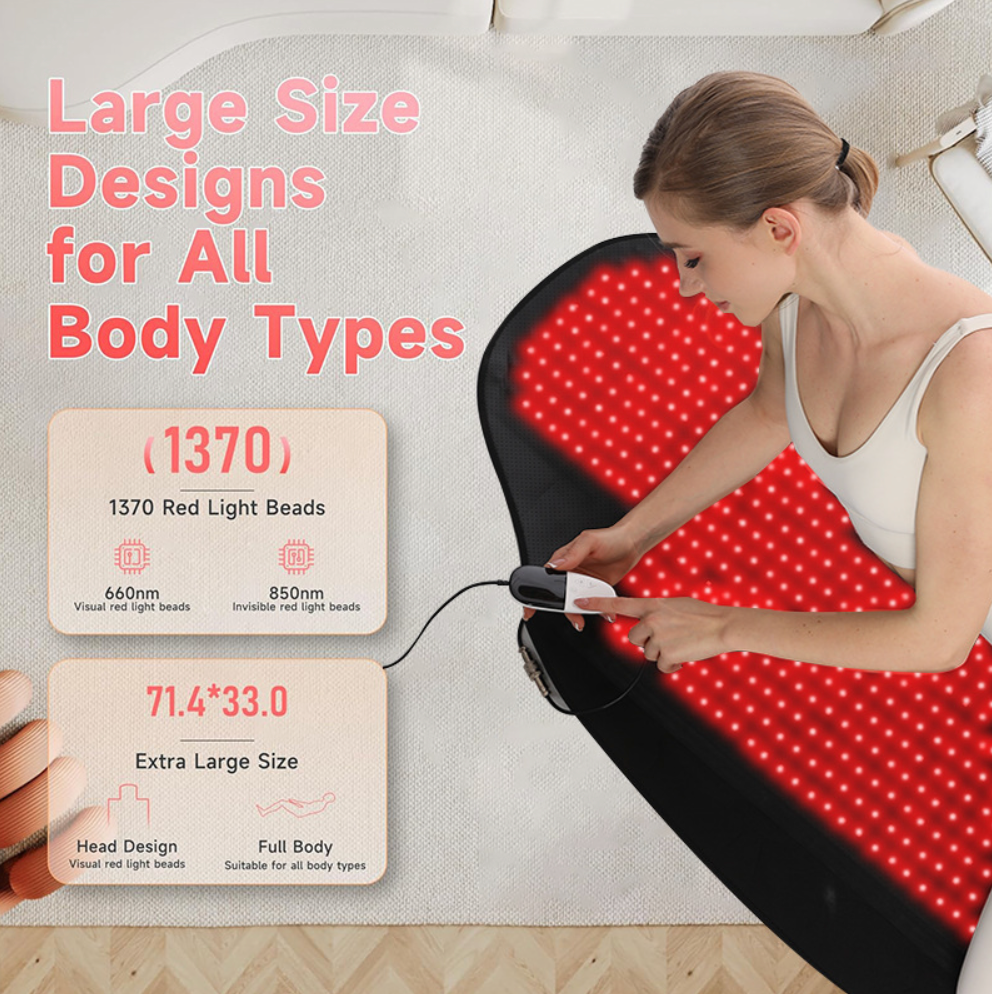
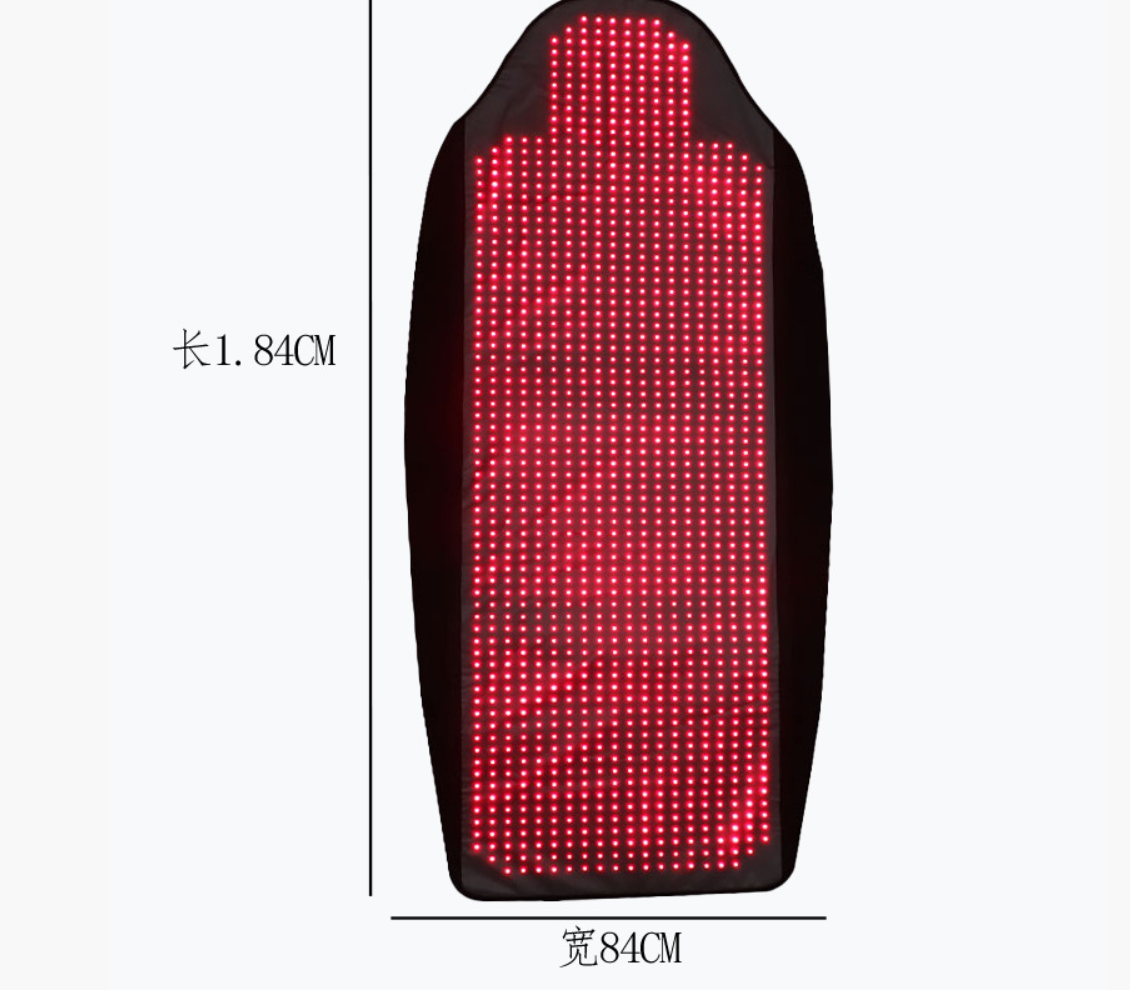
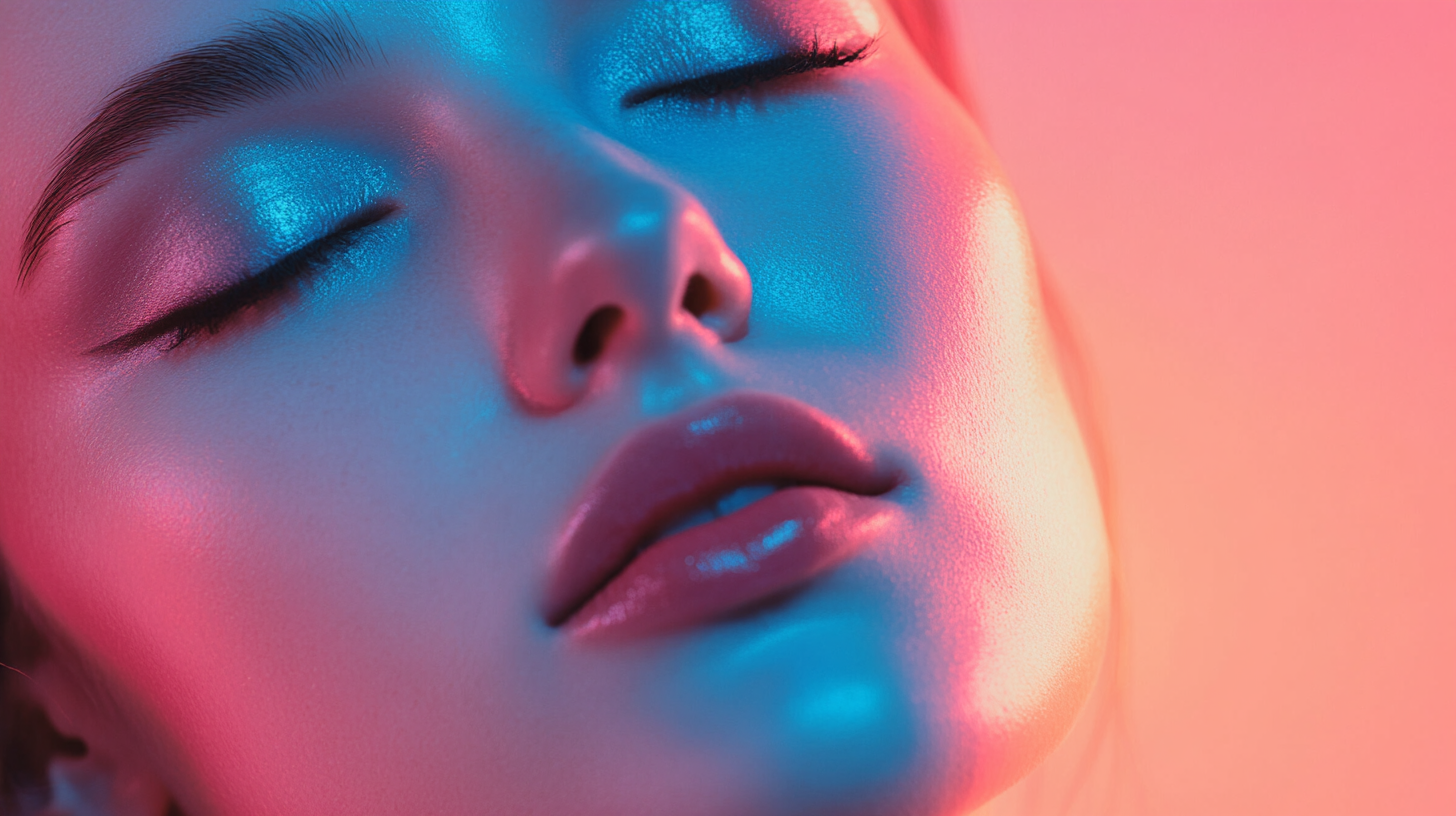

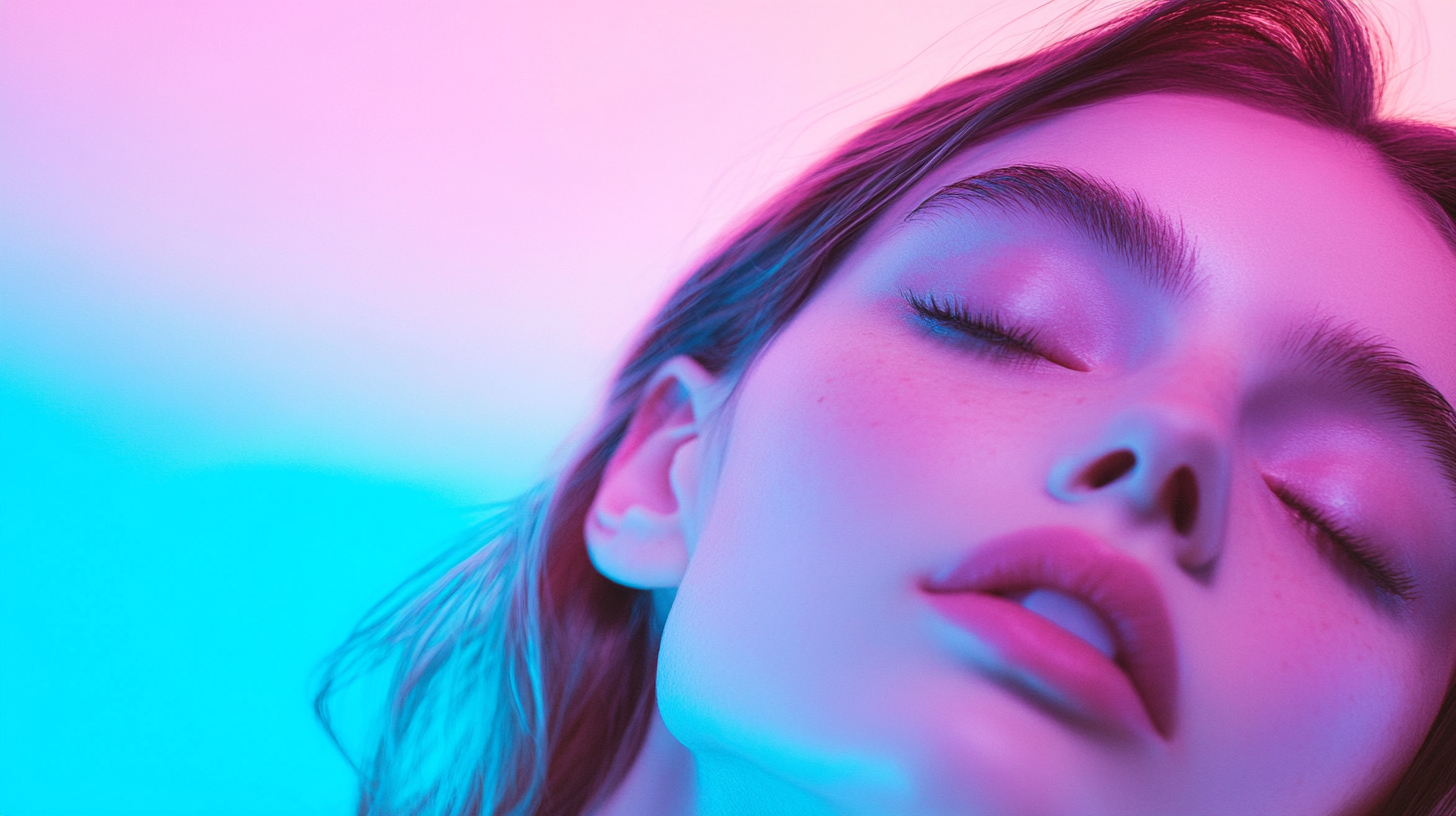
Dejar un comentario
Este sitio está protegido por hCaptcha y se aplican la Política de privacidad de hCaptcha y los Términos del servicio.